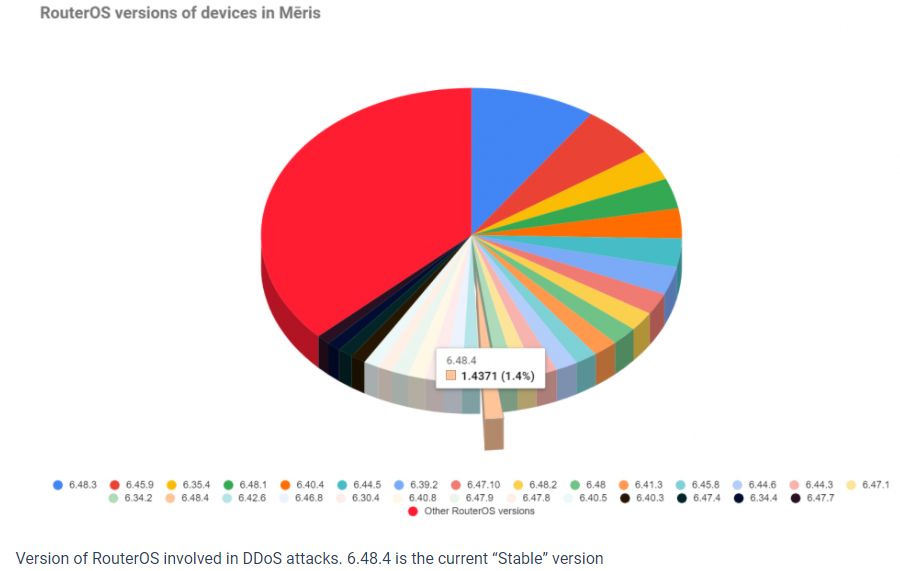Fintech startup SellersFunding raises $166.5M in equity, credit round to support e-commerce sellers
SellersFunding secured $166.5 million in a combination of Series A equity funding and a credit facility to continue developing its technology and payments platforms for e-commerce businesses.
Northzone led the round and was joined by Endeavor Catalyst and Fasanara. SellersFunding CEO Ricardo Pero did not disclose the funding breakdown, but did say the company previously raised two seed rounds for a total of $40 million in equity and more than $100 million in credit facilities, including one that the company was expanding to $200 million.
SellersFunding, with offices in Florida, New York and London, created a digital platform that delivers financial tools and resources to streamline global commerce for thousands of marketplaces, including working capital, cross-border cash management, tax solutions and business valuation.
Pero got the idea for the company after spending 20 years in the financial industry. He left JP Morgan in 2016 with a drive to start his own company. He was consulting for a friend selling on Amazon who asked him to help make sense of Amazon’s fees and to review the next year’s budget because the friend was struggling to keep up with growth.
“I helped him address the fees issue, but when I went to talk to traditional lenders, I found that they have no clue about e-commerce and the needs of SMEs,” he said.
In addition to being a lending source for businesses selling on these marketplaces, SellersFunding leverages sales data provided by the marketplaces and e-commerce platforms to create sales and cash flow estimates based on the credit limits given to clients so that owners can better understand the fees they are paying and make more informed decisions.
He founded the company in 2017, and today has over 30,000 registered users and is approaching $10 billion in sales volume that is feeding data into SellersFunding’s daily models. The company makes money as both a lender and on fees it charges for payments collected by its customers. Merchants can collect money from marketplaces and pay their suppliers in local or foreign currency.
SellersFunding has consistently grown 300% year over year, Pero said. As such, he intends to use the new funding to scale globally, expand the team, create a marketing budget and look for two small acquisitions in the U.S. and Europe.
The company will continue to invest on the payments side and to promote cross-border payments.
“When I look at the payments landscape, companies are competing on pricing and I don’t think we will ever have a focus there, but instead will compete on customer experience,” Pero added. “Our core business will always be lending and our core investments will be payments and technology, but then we will extend to other services that our clients want.”
With an eye on expanding internationally, it fit to bring on Northzone as a partner, he added. The venture firm is based in Europe and was of a similar vision for thinking globally.
Jeppe Zink, general partner at Northzone, said via email that Pero and his team “are the most experienced in this category” and are building a category leader that is “more experienced and understanding of the lending side than its competitors.”
“We have seen this massive rise in e-shopping, most of the new ones coming from marketplaces like Amazon and Shopify, and if you look at the sellers, thousands are small businesses sourcing their goods which means that they are very important customers,” Zink added. “Normal banks like Barclay can’t check credit. SellersFinding is helping small businesses get this credit, and rightly so. In the same way we thought neobanks won with accounts created when it comes to delivering credit and banking products, they are nowhere to be found yet.”
![]()







